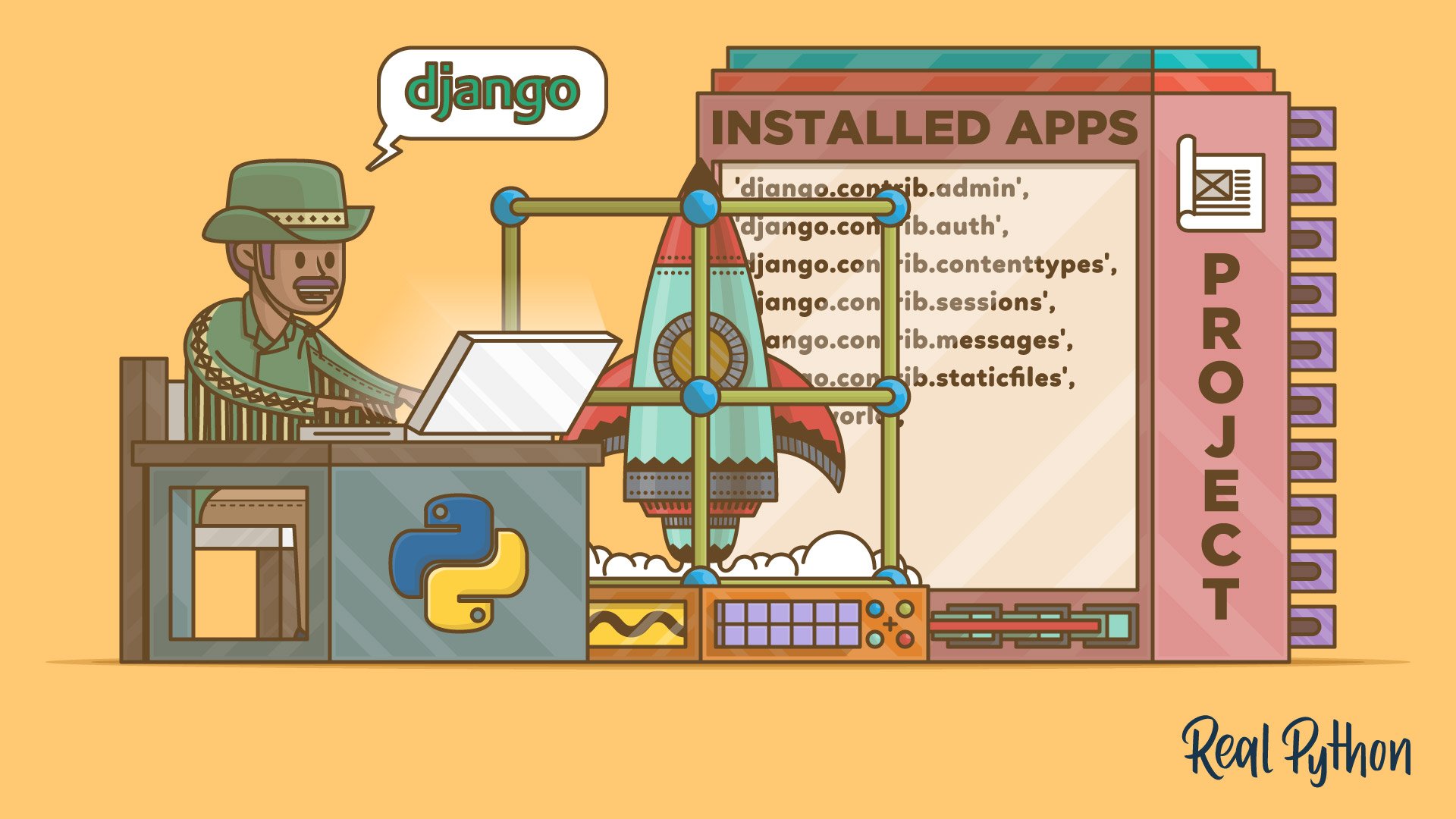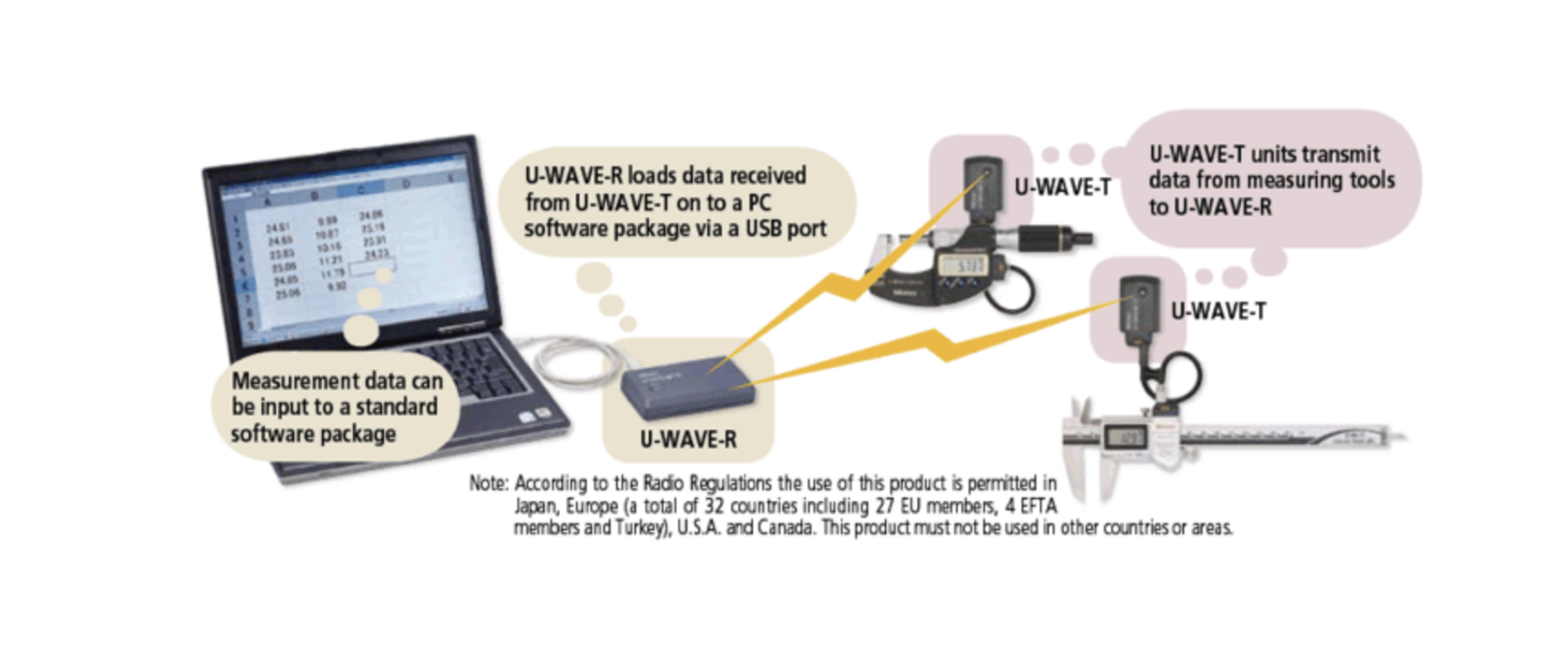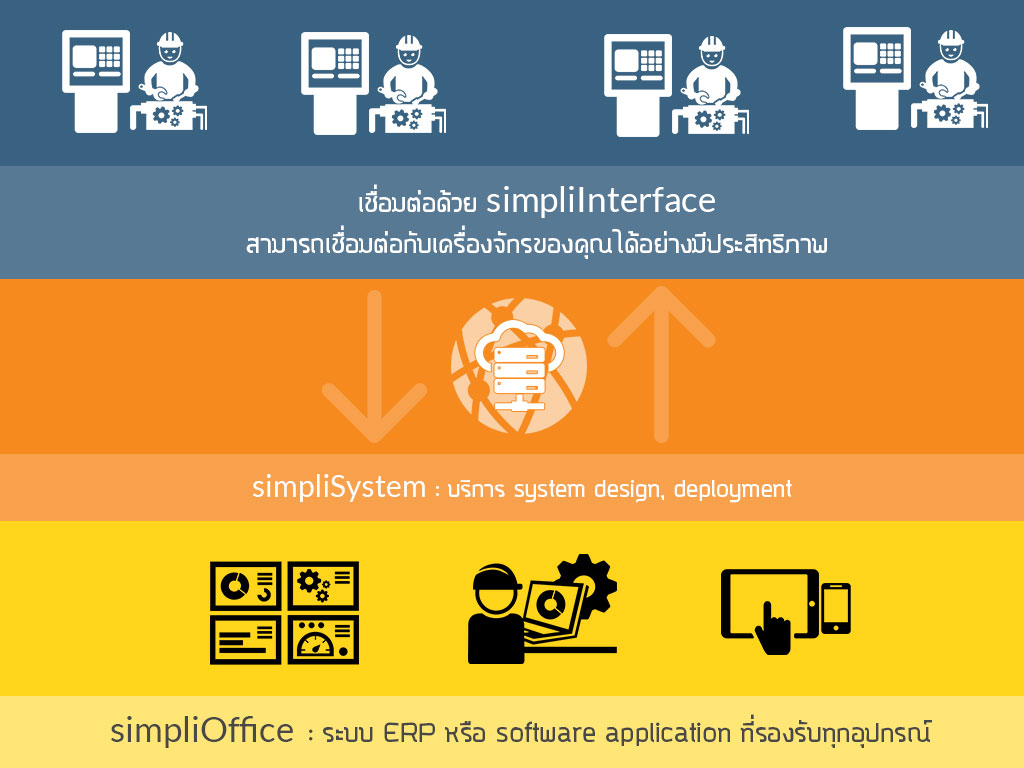Automating EXFO Instruments with SCPI: A Practical Guide
In today's fast-paced world of telecom, datacom, and optical network testing, automation is no longer a luxury — it's essential. If you're using EXFO instruments like the NetBlazer, Power Blazer, or iOLM modules, mastering SCPI (Standard Commands for Programmable Instruments) can save you countless hours and unlock powerful test workflows.
Related Contents
- Building a Lightweight EXFO Tester Admin Panel with FastAPI and Alpine.js
- Streamline Fiber Tester Management with a Lightweight EXFO Admin Panel
In this blog post, we'll dive into:
- What SCPI is
- How EXFO instruments use SCPI
- Key SCPI commands for EXFO
- How to build simple Python scripts to automate your testing
Let's get started!
🌟 What is SCPI?
SCPI (pronounced "skippy") is an industry-standard language for controlling test instruments. It's a set of human-readable text commands that allow you to remotely:
- Configure settings
- Start and stop measurements
- Fetch test results
- Handle errors and statuses
If you've ever typed *IDN? to query a device's identity, you've used SCPI!
📊 How EXFO Instruments Use SCPI
EXFO platforms like the FTB-1 Pro, FTB-2 Pro, and FTB-4 Pro, along with modular instruments like the FTBx-88480 (Power Blazer) or FTBx-8880 (NetBlazer), support SCPI over TCP/IP or Telnet sessions.
Each inserted module (called a "slot") is addressed logically using a LINSx ID, like LINS0, LINS2, etc. This allows you to direct SCPI commands specifically to the correct module, even if multiple instruments are present.
Before sending any commands, you should:
- Discover available modules using
STATUS MODULE - Connect to the desired LINS if needed using
CONNECT LINSx
🌐 Basic SCPI Commands for EXFO
Here are some of the most important SCPI commands you need to know:
| Command | Purpose |
|---|---|
*IDN? |
Query the instrument identification |
*RST |
Reset the module to factory default settings |
*CLS |
Clear the event and error queues |
STATUS MODULE |
List all available modules and their LINS IDs |
CONNECT LINSx |
Connect to a specific module |
LINSx:SOUR:DATA:TELecom:TEST:TYPE RFC2544 |
Configure a test type |
LINSx:SOUR:DATA:TELecom:TEST |
Start the test |
LINSx:SOUR:DATA:TELecom:TEST:STOP |
Stop a running test |
FETCh:DATA:TELecom:RFC2544:SUMMary? |
Fetch RFC 2544 summary results |
These basic commands let you fully automate test cycles from initialization to result collection.
🚀 Simple Python Automation Example
Controlling EXFO devices from Python is easy using raw TCP sockets. Here's a basic example:
import socket
def send_scpi_command(command):
ip = "192.168.1.100"
port = 5025
with socket.socket(socket.AF_INET, socket.SOCK_STREAM) as s:
s.connect((ip, port))
s.sendall((command + "\r\n").encode())
response = s.recv(4096).decode()
return response.strip()
# Example usage
print(send_scpi_command("*IDN?"))
print(send_scpi_command("STATUS MODULE"))For production-grade scripts, you'd want to handle timeouts, retries, and errors more gracefully, but this gives you a functional starting point.
🎓 Pro Tips for SCPI with EXFO
- Always use
STATUS MODULEbefore sending commands to ensure your LINS exists. - Use
*CLSbefore starting new tests to avoid unexpected errors. - After starting a test, poll
LINSx:SOUR:DATA:TELecom:TEST?until it reports "COMPLETED" before fetching results. - Handle error messages like "Index out of bounds" carefully — it usually means you sent a command to a non-existent object.
🌍 Conclusion
SCPI opens the door to powerful automation with EXFO's field-proven instruments. Whether you're validating metro Ethernet networks, mobile backhaul links, or datacenter fiber, automating your test setups can drastically improve efficiency and consistency.
Mastering just a handful of SCPI commands gives you full control over test configuration, execution, and reporting.
Stay tuned for the next post where we'll build a complete Python SCPI test controller for EXFO platforms!
Happy testing! 🚀
Get in Touch with us
Related Posts
- Temporal × 本地大模型 × Robot Framework 面向中国企业的可靠业务自动化架构实践
- Building Reliable Office Automation with Temporal, Local LLMs, and Robot Framework
- RPA + AI: 为什么没有“智能”的自动化一定失败, 而没有“治理”的智能同样不可落地
- RPA + AI: Why Automation Fails Without Intelligence — and Intelligence Fails Without Control
- Simulating Border Conflict and Proxy War
- 先解决“检索与访问”问题 重塑高校图书馆战略价值的最快路径
- Fix Discovery & Access First: The Fastest Way to Restore the University Library’s Strategic Value
- 我们正在开发一个连接工厂与再生资源企业的废料交易平台
- We’re Building a Better Way for Factories and Recyclers to Trade Scrap
- 如何使用 Python 开发 MES(制造执行系统) —— 面向中国制造企业的实用指南
- How to Develop a Manufacturing Execution System (MES) with Python
- MES、ERP 与 SCADA 的区别与边界 —— 制造业系统角色与连接关系详解
- MES vs ERP vs SCADA: Roles and Boundaries Explained
- 为什么学习软件开发如此“痛苦” ——以及真正有效的解决方法
- Why Learning Software Development Feels So Painful — and How to Fix It
- 企业最终会选择哪种 AI:GPT 风格,还是 Gemini 风格?
- What Enterprises Will Choose: GPT-Style AI or Gemini-Style AI?
- GPT-5.2 在哪些真实业务场景中明显优于 GPT-5.1
- Top Real-World Use Cases Where GPT-5.2 Shines Over GPT-5.1
- ChatGPT 5.2 与 5.1 的区别 —— 用通俗类比来理解














